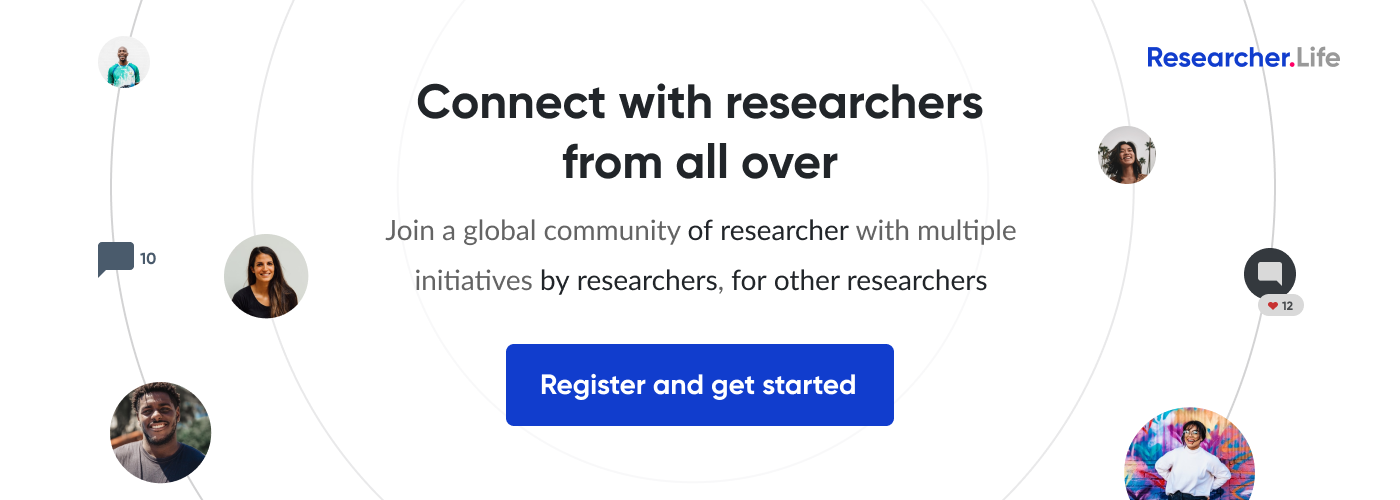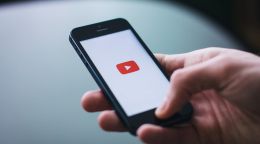Beyond the textbook: making science fun and accessible for kids

I remember the 28th of February very fondly from my schooldays. Our school, along with the rest of India, celebrated this day as National Science Day. The morning assembly on this day would be full of delightful science experiments that left all of us awed. I remember being mesmerized by a volcanic eruption caused by mixing baking soda and vinegar, burning a piece of wood by concentrating sunlight through a magnifying glass, and looking at cells from an onion under a microscope.
In hindsight, I believe these experiences contributed significantly in sparking my interest in science – I got a Master’s degree in Biochemistry, followed by being in the research field for four years. As a researcher, I often got the opportunity to talk about my work with school children through open days arranged by the institute. During these open days, I realized the immense power I held. These introductions to young children could be a crucial turning point in either fanning or extinguishing children’s interest in science. To communicate my science to kids more effectively, I realized that I first needed to understand the importance of communicating science to children.
Why communicate science to kids
Sharing scientific knowledge with children can positively impact several aspects of their lives. Communicating scientific results and the way they were achieved can encourage kids to be curious and creative. This can help develop their analytical thinking, and critical and logical reasoning skills, which can eventually promote self-confidence. In addition to improving these important life skills, it sets up kids for future careers in science, inspiring the next generation of scientists.
Aside from the obvious positive effects on children, I realized that communicating about science made me a better researcher. One of my professors used to say, “You don’t understand your research well enough if you can’t explain it to kids.” His words have stuck with me. Breaking down complex concepts to communicate them to school students helped me understand my research even better, giving me novel ideas on ways to address the research problem. Children also love asking questions. I have often received questions from kids that have made me pause, think, and re-strategize my workflow.
Getting kids interested in science
To ignite other children’s interest in science, I relied on methods that got me wondering more about the world of science. Some of the practices that helped me communicate science effectively to children include:
Drawing them in
Skipping the conventional slideshow lectures and poster presentations to make way for live demonstrations can go a long way. What I remember the most from my childhood morning assemblies on National Science Day is the visuals of the experiments my seniors would do. Only later did I learn the science behind these experiments, but what stayed with me was seeing what happened. I also vividly remember my high school biology teacher getting an animal’s brain to class for a lesson in brain anatomy. To this day, I remember the different parts of a brain because of her “show and tell” approach to the lesson.
Break down and simplify
Kids don’t need to learn the nitty gritty details of the scientific problem and research methodology. They are more likely to lose interest if exposed to unnecessary information and scientific jargon. Instead, focus on the key details that they might find interesting – something that will make them go “Wow!”
However, at the same time, it is important that you don’t oversimplify the concept, or that the science doesn’t get lost in breaking it down.
I remember my high school physics that would haunt me. When I got a chance to teach the same syllabus to children, I made sure to simplify and explain the theory before proceeding to use the concepts for solving questions. I realized that simplifying science without it losing its essence in this manner can make children overcome their fear of the subject and make them realize that they don’t have to be scared of science.
Use analogies
Aligning your subject with something that the kids are familiar with can help them build a connection. Giving relatable examples can help children understand the scientific message better. For example, Rachael Bonoan, a nutritional ecologist studying insect pollinators has explained bee foraging behavior (where bees venture out of their nest to search for food) to children by comparing it with a trip to the grocery store.
Engage the senses
Children learn in different ways. Not everyone is an auditory or visual learner. For example, according to a blog post, Dr. Bonoan mixes up all senses and gets children involved in her outreach practices:
-
Touch: making the kids try on a beekeeper’s hat and gloves
-
Taste: tasting different types of honeys to demonstrate the diversity in plants
-
Smell: smelling bananas to learn how honeybees signal danger
-
Sight: setting up a bee-box to show the color ranges in which honeybees see
-
Sound: hearing pre-recorded honeybee sounds to understand their communication
Get hands-on
Conducting hands-on experiments can help kids learn science in a fun and effective manner. Hands-on learning engages neurological pathways that help the brain understand and retain information better. I distinctly remember conducting an experiment to understand how water flows upwards through plant stems. We dipped the stem of a white flower in blue-colored water and saw that the flower had turned blue after a few hours, when the water reached the top.
Make them laugh
Children love relatable adults. It’s important to communicate to them at their level to ensure they aren’t intimidated. Sharing fun anecdotes and telling jokes can help lighten the atmosphere, engaging the children more, eventually helping them understand science more effectively.
Summing it up
Personally, communicating my work to children has helped me understand my projects better, and at the same time have the satisfaction of getting them interested in the wonders that science has to offer. I also realize that the seeds of my interest in science that were sowed through the demonstrations in my school have been watered and nurtured by the numerous teachers and professors I’ve had over the years.
The sparks of children’s interest in science often ignite at the school level, but researchers can fan these flames to prevent them from extinguishing by communicating their research in an engaging and fun manner.
Comments
You're looking to give wings to your academic career and publication journey. We like that!
Why don't we give you complete access! Create a free account and get unlimited access to all resources & a vibrant researcher community.














